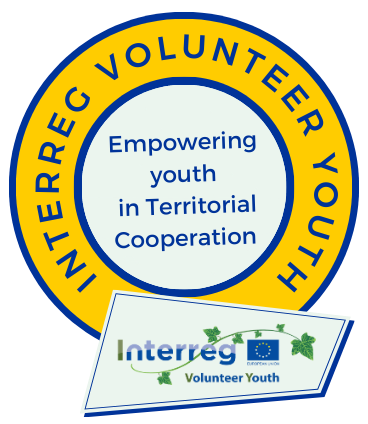FAQ - Body
FAQ
The programme covers the maritime cross-border area between Italy and Croatia, that includes the following NUTS III regions:
Italy: Teramo, Pescara, Chieti (Abruzzo Region), Brindisi, Lecce, Foggia, Bari, Barletta-Andria-Trani (Apulia Region), Ferrara, Ravenna, Forlì-Cesena, Rimini (EmiliaRomagna Region), Pordenone, Udine, Gorizia, Trieste (Friuli Venezia Giulia Region), Pesaro e Urbino, Ancona, Macerata, Ascoli Piceno, Fermo (Marche Region), Campobasso (Molise Region), Venezia, Padova, Rovigo (Veneto Region);
Croatia: Primorsko-goranska, Ličko-senjska, Zadarska, Šibensko-kninska, Splitsko-dalmatinska, Istarska, Dubrovačko - neretvanska (Adriatic Croatia region), Karlovačka (Pannonian Croatia region).
The Managing Authority of the Interreg Italy-Croatia programme is the Regione Veneto, Venice, Italy.
The programme's Joint Secretariat is located in Venice, Italy with an Anntena office in Zadar, Croatia.
The contacts are available here.
The Programme has EUR 170 million to co-finance cross-border cooperation projects.
The maximum ERDF co-financing will amount to 80% for project partners from both participating countries.
The national contribution has to be provided by the partner organisations themselves.
For all partners located in Italy, the 20% national co-financing is ensured by the State (Fondo di Rotazione).
The following bodies or organisations are eligible to receive the funding and can therefore be partners in Interreg Italy-Croatia projects:
- Public authorities
- Public bodies governed by public law
- Private not-for-profit
- Private for-profit
Projects have to involve eligible partners from both countries.
The projects cover emerging needs and challenges for the Programme area, which guided the choice of Priorities and Specific Objectives.
The main topics are:
- Economic development
- Environment, energy and green policies
- Education, social inclusion and healthcare
- Connectivity and transport
- Integrated territorial development
- Culture and sustainable tourism
- Cross-cutting challenges
The project intervention logic represents the basic structure of the project. It defines the project's main and specific objectives, deliverables and expected results.
The needs should be clearly identified and project objectives and results should explain what changes the project intends to bring.
The project intervention logic has to be coherent and provide the necessary information on how the project contributes to the selected Programme Priorities and Specific Objectives.
The Programme published the indicative timetable of Calls for proposals for 2021-27.
The applicants are recommended to plan well ahead for the development of their application. It includes the composition of the partnership and the drafting of the application.
To avoid starting the work from scratch, do the research and find out existing results relevant to your project. Consider upgrading and improving them.
The capitalisation of relevant previous projects and the synergies with ongoing projects are taken into consideration when assessing the strategic relevance of project proposals.
For previous Italy-Croatia project results, please consult Programme webpage 2014-2020.
Capitalisation in the Italy-Croatia Programme should be understood as a process aimed at consolidating the "capital" built by Interreg projects and also by projects funded by other programmes and initiatives.
It aims to transfer and re-use knowledge and results generated by previously implemented projects to create new knowledge and practices to support the development of policies and solutions for the benefit of the Programme area.
For more information check the Capitalisation Plan.
The Application package published within the Programme's 1st Call for proposals contains all information relevant to that Call. It included two main documents, the Call announcement and the Guidelines for Applicants that provided the main information of that specific Call.
Within the Application package, potential applicants could also find additional documents and templates that were designed to lead them through the application process.
Nevertheless, since the same structure of the Application Package will be used in all four remaining calls, applicants are recommended to familiarise themselves with the process in advance.
For more information see the 1st Call for proposals.
The Programme covers the following budget items:
- Staff
- Office and administrative
- Travel and accommodation
- Equipment
- Infrastructure and works
For more information check Programme Implementation Manual (PIM).
In line with the Interreg joint branding and for better recognition and visibility purposes, the Programme provides logos to all projects as well as project websites that will be a component of the Programme website.
Therefore, the creation of a project logo and a website is not an eligible cost for the Programme.



